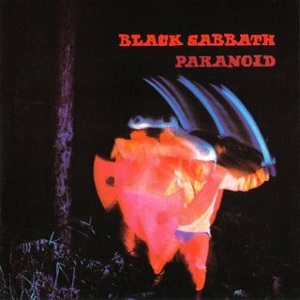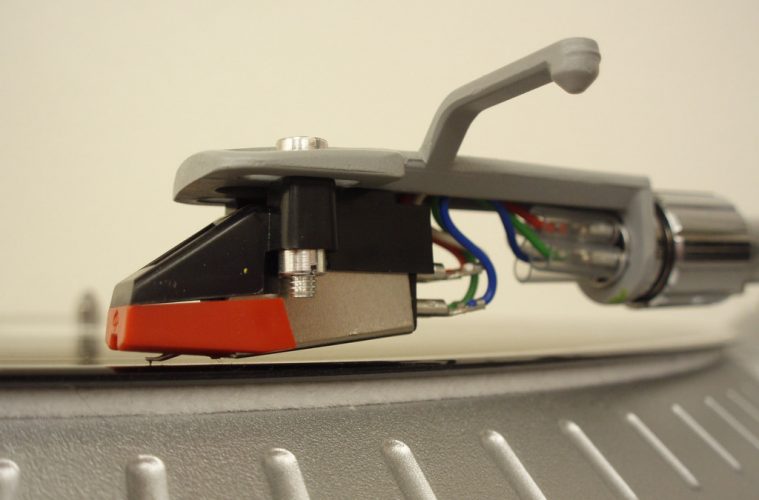It is not a record. It is vinyl. And it must be spoken of in reverent whispers.
Vinyl.
You may also genuflect.
CDs? Never! We spit on CDs. Ptui! Where is the warmth of a CD, that one-sided, circular, silver, spawn of Satan? It is only on vinyl that the music is true.
At least, that’s what we’re told now. When CDs were introduced, the improved sound was trumpeted from the rooftops. Radio stations bragged about replacing their records with CDs. The first Detroit area CD store opened (and closed) on Woodward near 14 Mile. CDs were it baby, at least for the moment. They, in turn, were scheduled to be replaced by music DVDs, but then – vinyl.
Now radio stations brag about playing vinyl, although since radio stations send out a digital signal, I’m not sure why that matters. And, of course, everything is available on a number of digital platforms.
There were people; some of them were friends of mine, who did not buy the CD hype. They insisted analog was superior to digital. They kept their records. I kept most of mine. I ditched a few, replacing them with CDs that had extra cuts. I’ve always been a sucker for extra cuts and multiple takes of the same song. I listen mostly to jazz, so in theory each take is different, the solos on one take varying at least subtly from the solos on another take. In theory.
During those dark days when CDs were king, it was easy to pick up records at yard sales cheap. It’s getting harder now. They’re still out there, but competition from other collectors is fierce. And prices are higher. I once met a guy at a yard sale who had 10,000 records. He was looking for more. So was I, but I don’t have 10,000.

The good news though, is now that vinyl has resurfaced as the recording medium of choice, many of those old records are being rereleased. Even records of dubious musical quality are showing up again. Sometimes they are remastered and released on heavier vinyl, or on colored vinyl, or on heavier colored vinyl. What is remastering? It is an engineer or musician in the studio changing the relationship of the instruments or “cleaning things up” on a recording so that it now sounds better, according to the musical tastes of the engineer or musician who did the remastering. A fan who bought that record when it first came out in 1968 and has listened to it hundreds of times might agree or disagree. There are blogs and online forums where music aficionados can discuss and decide if the remaster is or isn’t better. If you aren’t sure, you can read opinions of true music fanatics who maybe bought that 1968 record, and then picked up the CD version, but felt compelled to buy the later remastered, “improved” CD version. Being a true aficionado, there may have been further purchases of various European and Japanese pressings and then a rerelease or two or three on vinyl upon its return.
These online forums allow music fans to discuss the nuances and subtle changes of tonal color in the various versions of each recording in their vinyl (or CD if they are Philistines) library.
Older recordings, originally released in mono and then later as stereo, are being rereleased in their original mono versions. How were we to know that the original mono was better? As with CDs, we dutifully listened when we were told that stereo was an improvement. We ignored the call for quadraphonic though. Having to buy two extra speakers was a deal breaker.
The bad news (there always has to be bad news) is that some of these bright, shiny, new, remastered, re-releases are pretty darn expensive at $35.00 to $40.00 per disc. If you want to buy the deluxe edition, or the super deluxe edition, or the extra really incredible sooper-de-dooper deluxe with a cherry on top edition of that favorite record that you (or your father) bought as a teen for $3.95 or $4.95, get ready to part with hundreds of your precious dollars.
What is added to make a record super deluxe – or more? There are different mixes (like both mono and stereo) of the tunes you remember. There might be a live recording of the band performing the record that was previously only available as a crappy bootleg. It could be packaged with a hardcover book filled with band photos, critical reviews, a history of the release, and other groovy items. How do you know each increasingly ornate rerelease is worth the money? Easy. It’s got more stuff. It’s bigger, and newer, and shinier. And the advertisements say so. If that doesn’t convince you, read one of the online forums as someone will have purchased it and has offered an opinion.
I own two deluxe editions – Black Sabbath and Black Sabbath, Paranoid, records that, even though they’re not quite jazz, I wore out years ago. Paranoid was the first album I ever bought. Nostalgia combined with an eternal love for the music forced me to spend my children’s college funds on these new, heavy slabs of vinyl.

The First Album Harry Ever Bought
These remastered and special deluxe re-releases are generally being marketed by the record companies that originally put them out and who own the original tapes if those tapes still exist and are usable. There are also companies that work with the record companies like Rhino Records and Detroit’s Third Man Records. They’ve churned out a few rereleased goodies in addition to new records of their own.
There are also re-releases from new companies with names like “Wax Time” and “4 Men With Beards.” Are they any good? Would you, the vinyl consumer, notice a difference between the original release, an official remastered rerelease, and the one from “Wax Time?” Maybe. Sometimes there are noticeable differences in sound quality. Sometimes the differences are extremely subtle and depend on having expensive top-of-the-line equipment. And some of the difference may be in our heads based on what the music mavens have been telling us. From mono to stereo and back, from records to CDs and back, we’ve followed, convinced that we could discern a difference in musical quality based on what we were assured is the latest and greatest. With that in mind, if you’re going to buy the newest version of an old recording, you should probably do some research first. Don’t be fooled again.
Editor’s Note: Acknowledging the above Who reference – nice.
Excuse my blasphemy, but no matter what anybody says, occasionally the CD sounds better. I bought Miles Davis’ Get Up With It when it first came out in 1974. I played it a bunch even though it wasn’t a good sounding record. I liked the music, but it sounded strangely muffled. I sometimes couldn’t distinguish the instruments. I ended up getting rid of it. Later I bought the CD. Eureka! The trumpet sounded like a trumpet. The guitar sounded like a guitar. The snozzberry sounded like a snozzberry! It was a revelation.
If you really don’t know what to do with your piles of spare cash, you can buy some of the albums you (or your father) used to play at 33 1/3 as even more expensive double 45 rpm sets. They say the sound of these records is even better at 45. I will never know because I seem to have misplaced my spare piles of cash. And you have to do more record flipping. That’s more getting up and turning over than I care to do. Maybe CDs have made me lazy.
The return of vinyl as the current music medium of choice has created a resurgence of record stores where you can find racks of both new and old, cheap and pricy vinyl. There are lots of used records, but prices on the good stuff have been rising. To help motivate us into those record stores, we’ve been blessed with a new holiday: Record Store Day, on which there are special (expensive) exclusive Record Story Day releases. Some of them are so special that they’re not even available on Amazon, so if you want one, get to the record store early. If you can’t though, don’t worry. The special releases will show up at inflated prices on ebay before the day is out. Many new bands are releasing vinyl editions of their music even when it’s not Record Store Day. It’s become the thing to do.
There are Youtube videos demonstrating how to collect vinyl. I haven’t watched any of them. I can’t be totally sure I’m doing it correctly, but having been collecting records since 1970, I think I have it figured out.
Just so you don’t have to spend precious minutes watching one of these videos, here, after 48 years of collecting records, is the “Official Harry Onickel Guide to Collecting Records.”
- Buy some records.
They can be new or used. It doesn’t matter. If you’re going to play your records, you will need the proper equipment; turntable, amplifier, speakers, etc. How much money do you need to spend? It depends. How obsessive are you?
If you want to raise your status to “audiophile”, make sure you have many piles of spare cash to buy expensive listening gear and peripheral equipment like record cleaners, plastic record bags, and new electrical outlets. The main thing, as always, is to have fun and to dig those crazy rhythms.
Yes, I know. I completely ignored cassettes and 8 tracks – with good reason. 8 tracks were for listening to your favorite music in your car. Cassettes were for making party tapes and for recording albums that you were too cheap to buy so you borrowed them from a friend. Neither were for serious listening. They say cassettes are coming back. Sure they are. So are player pianos.
Hi, I’m Harry Onickel. I am a reader. I always have been. I like to think that between reading for all these years, fiction and nonfiction, high and low culture, classics and trash, the acceptable and the dangerous, and just being around for a bit, I’ve learned one or two things and perhaps gained a bit of perspective. In addition to learning, reading makes me wonder. Lately, I’ve been wondering – what lies behind the mask? My blog, occasionally updated, is The Teacher That Exploded.

